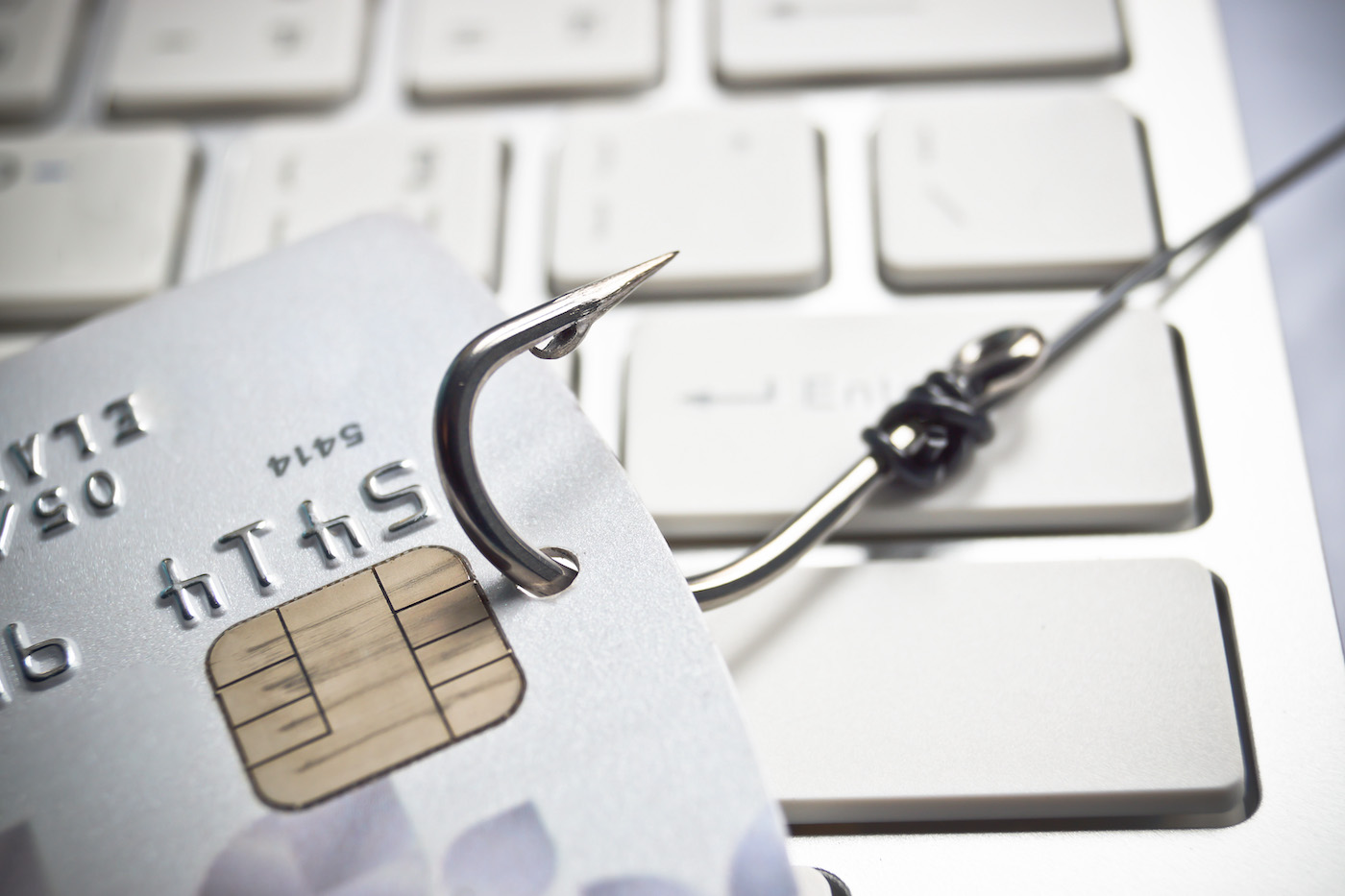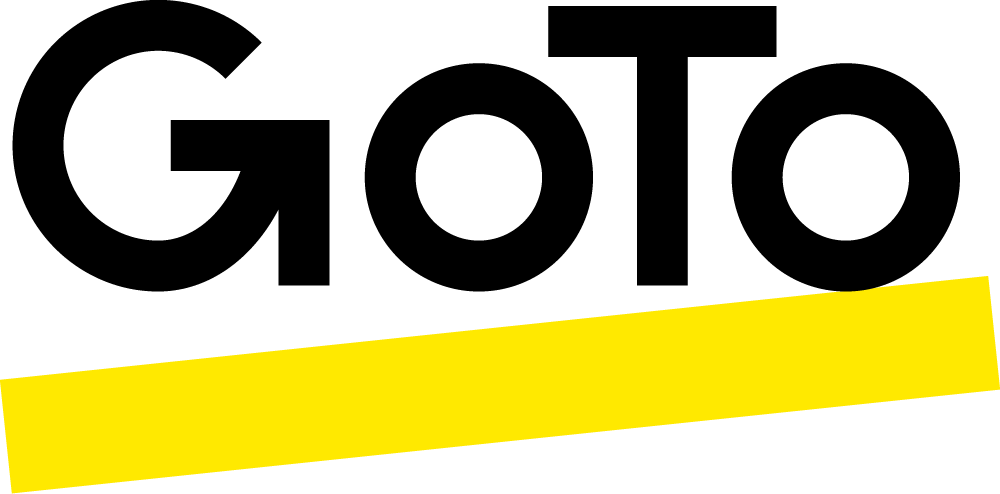#GoToGetsIT: This article is part of an ongoing series from GoTo’s thought leaders on the frontlines: Our Solutions Consultants deeply understand our customers’ unique challenges and connect the right solutions to meet their goals using GoTo technology. Here, they share their industry knowledge on what it takes to help businesses everywhere thrive in a remote or hybrid world.
The current cybersecurity landscape is marked by an alarming surge in cyber threats. According to IBM Security’s 2023 Cost of a Data Breach Report, the average total cost of a data breach reached an all-time high of $4.45 million in 2023. This is a 2.3% increase from the average cost in 2022, and 15.3% from the average cost in 2020.
Remote access scams are one of many ways cybercriminals exploit vulnerabilities and steal sensitive information from organizations. In the following sections, we'll demystify remote access scams, explaining what they are and how they operate, while offering practical guidance for individuals and organizations to protect themselves from these evolving digital threats.
What are remote access scams?
Remote access scams involve scammers impersonating trusted entities—such as technical support personnel, government agencies, financial institutions, or software companies—to trick victims into granting them remote control over their desktop or networks, potentially resulting in financial loss or data exposure.
How do remote access scams work?
These scams often start with unsolicited contact via phone, email, or messages, where the scammer falsely claims urgent computer or security issues. To "resolve" the problem, they persuade the victim to provide remote access to a personal or work device, typically by downloading remote desktop software or built-in tools. Once access is granted, the scammer can remotely control the individual’s desktop and engage in deceptive activities like displaying fake errors, running phony scans, or installing malware. They may demand payment for their "services" or attempt to steal sensitive information. These scams exploit social engineering, fear, and trust to compromise cybersecurity.
How to avoid remote access scams
To protect against remote access scams and safeguard their sensitive data, companies should implement the following proactive measures:
Have well-documented security policies
One of the best ways to ensure your business data is safe is by having security policies in place. When employees know exactly which policies to follow and how to follow them, they are more likely to make that happen.
Consider a medium-sized financial institution that handles sensitive customer data. To ensure the security of this data, they have a set of security policies that cover a wide range of topics, from password management and data encryption to employee training. One policy mandates that employees must use complex, regularly updated passwords, while another policy requires annual cybersecurity training for all staff members. Additionally, there are policies that specify that sensitive data must never be shared via email and should only be accessed from secure, company-approved devices.
These well-documented policies serve as clear guidelines for all employees, from customer service representatives to IT administrators. They know precisely what's expected of them in terms of security practices, reducing the risk of accidental data exposure or breaches.
Offer company-wide trainings on common phishing attempts
Conduct regular cybersecurity training sessions to educate employees about the risks of remote access scams and how to recognize phishing emails and suspicious requests for remote access.
Virtual training platforms, like GoTo Training, are a fantastic way to clue employees into the latest phishing attempts and even quiz them on what they have learned. Training should also let employees know what they can do and who they should contact should they see an attempted phishing email or message.
Require workers to use secure passwords (or regularly update passwords)
66% of people use the same or similar passwords for multiple accounts. If those passwords are not adequate, then this puts users and businesses at risk of being hacked.
Make sure your system requires users to have a secure password containing case-sensitive letters, numbers, and symbols. You could also require employees to change their passwords intermittently to avoid a data breach and ensure hackers do not have employee passwords.
Strengthen your defense with multi-factor authentication (MFA)
MFA adds an extra layer of security by requiring users to provide multiple forms of identification before gaining access to your systems. This could include something they know (like a password), something they have (like a smartphone or security token), or something they are (like a fingerprint or facial recognition).
By implementing MFA, you significantly reduce the risk of unauthorized access, as even if a malicious actor obtains one piece of the authentication puzzle, they won't be able to breach your systems without the other required elements.
Minimize access to essential functions
Restrict remote access permissions only to employees with a genuine business need. For instance, in a large corporation, while a regular IT technician might need access to troubleshoot common software issues on employee workstations, they shouldn't necessarily have access to the company's main server where sensitive financial data is stored. That level of access might be reserved only for a senior IT administrator.
This practice minimizes your attack surface, ensuring that individuals only access the specific resources necessary for their job functions. Adhering to this principle reduces the potential avenues for cybercriminals to infiltrate your systems. Essentially, it's about granting employees the minimum access required to perform their tasks effectively while safeguarding your organization against unauthorized entry.
Safeguard your systems with timely software updates
Staying vigilant with software updates and security patches is a cornerstone of your defense strategy. For example, consider a hospital's IT department that overlooked updating its patient management system. A cybercriminal could exploit a known vulnerability in the outdated version, potentially gaining access to thousands of patient records, leading to a massive data breach.
Timely updates are crucial because outdated software is a prime target for cyber scammers seeking vulnerabilities to exploit. By ensuring all your software and systems remain current with the latest security patches, you fortify your defenses against remote access threats.
Consistent updates not only fix known vulnerabilities but also enhance the overall security posture of your systems. Make it a routine practice to stay on top of these updates to keep your organization safe from potential exploits.
Establish a VPN or implement a remote access platform
A virtual private network (VPN) is a great solution for businesses looking to ramp up security measures. It encrypts all business communication so that employees have a direct connection to the central office server which stores sensitive information.
This is one option to offer secure access for remote employees but not the only option. If a VPN is not viable due to complexity or lack of user adoption, many companies have turned to remote access tools, like GoTo Resolve. These tools provide even higher security levels when employees need to access their computers at the office.
The benefits of providing remote access to your employees include not transporting company hardware and files outside of the building, local office security remaining in effect, and IT controlling full network security for all machines. All these security benefits are possible while providing easy access for the end user to complete their work without layers of complexity and user error.
Prepare a well-defined incident response strategy
In the event of a remote access scam, having a well-defined incident response plan is paramount. For instance, imagine a scenario where an IT department at a financial institution detects unauthorized remote access to their servers:
- The first responder, as per their incident response strategy, immediately isolates the affected server to prevent further data leakage.
- The designated communication lead then notifies the higher-ups and relevant stakeholders about the breach, ensuring transparency.
- Meanwhile, the forensics team dives into understanding the breach's origin and magnitude.
- Once the threat is eradicated, the recovery team steps in to restore and validate system functionality.
- After the incident, a review meeting is held to discuss lessons learned and potential improvements to the strategy.
By having this plan in place, the financial institution was able to swiftly counteract the breach, minimizing potential damage to both their data and their reputation.
Preparing for such scenarios in advance not only minimizes damage but also helps preserve your organization's reputation in the face of security incidents.
Protect your assets with routine data backups
Regularly and securely back up your critical data, including customer records, financial transactions, intellectual property, and proprietary software. You should employ a combination of on-site and off-site backups. On-site backups provide quick access to data, while off-site backups are a safety net in case of physical disasters or breaches. Cloud-based backup solutions are a popular choice for off-site storage.
You should perform backups regularly—ideally daily or weekly, depending on your data's rate of change and importance—and routinely test them to verify their integrity and ability to restore data. Doing so creates a failsafe against data loss in case of a breach or other unforeseen circumstances. Don’t forget to encrypt your backup data so that if unauthorized access occurs, the data remains protected.
Proactively enhance security with regular vulnerability assessments
Consider a large e-commerce company that relies heavily on its online platform for sales. Given the vast amount of customer data they handle, including payment details, they can't afford any security lapses. To ensure their platform remains secure, they conduct monthly vulnerability scans and bi-annual penetration tests.
In one such routine assessment, they discover a potential weak point in their payment gateway that could be exploited to gain unauthorized access. By identifying this vulnerability, the company's IT team is able to patch the issue before it becomes a significant threat.
A few weeks later, they detect multiple failed attempts to exploit the very vulnerability they had fixed. Thanks to their proactive approach, they prevented a potential data breach that could have resulted in significant financial loss and damage to their reputation.
By regularly examining your systems and network for vulnerabilities, you can apply preemptive fixes and security enhancements, making it significantly harder for remote access scammers to find a foothold within your infrastructure.
Adhere to data protection laws and industry regulations
Depending on your country and industry, data protection laws and regulations may include the General Data Protection Regulation (GDPR), Health Insurance Portability and Accountability Act (HIPAA), Payment Card Industry Data Security Standard (PCI DSS), and California Consumer Privacy Act (CCPA).
Demonstrating a commitment to compliance not only helps avoid legal and financial consequences but also builds trust with clients and stakeholders, showcasing ethical data security practices. Organizations should consult legal counsel or compliance experts to navigate the regulations relevant to their industry and jurisdiction.
GoTo Resolve: The next level in remote access security
For top-tier remote access security that's both simple and flexible, GoTo Resolve introduces the industry's first-of-its-kind zero trust access control. This secures remote access connections and remote execution tasks across deployed hosts to prevent malicious actors from getting into one endpoint and wreaking havoc throughout the IT environment.
The battle against cyber threats, including remote access scams, remains an ongoing challenge. Organizations must remain vigilant, adopting robust cybersecurity measures, educating their teams, and staying informed about emerging threats. By doing so, they can protect their data, maintain trust, and secure their digital future.








